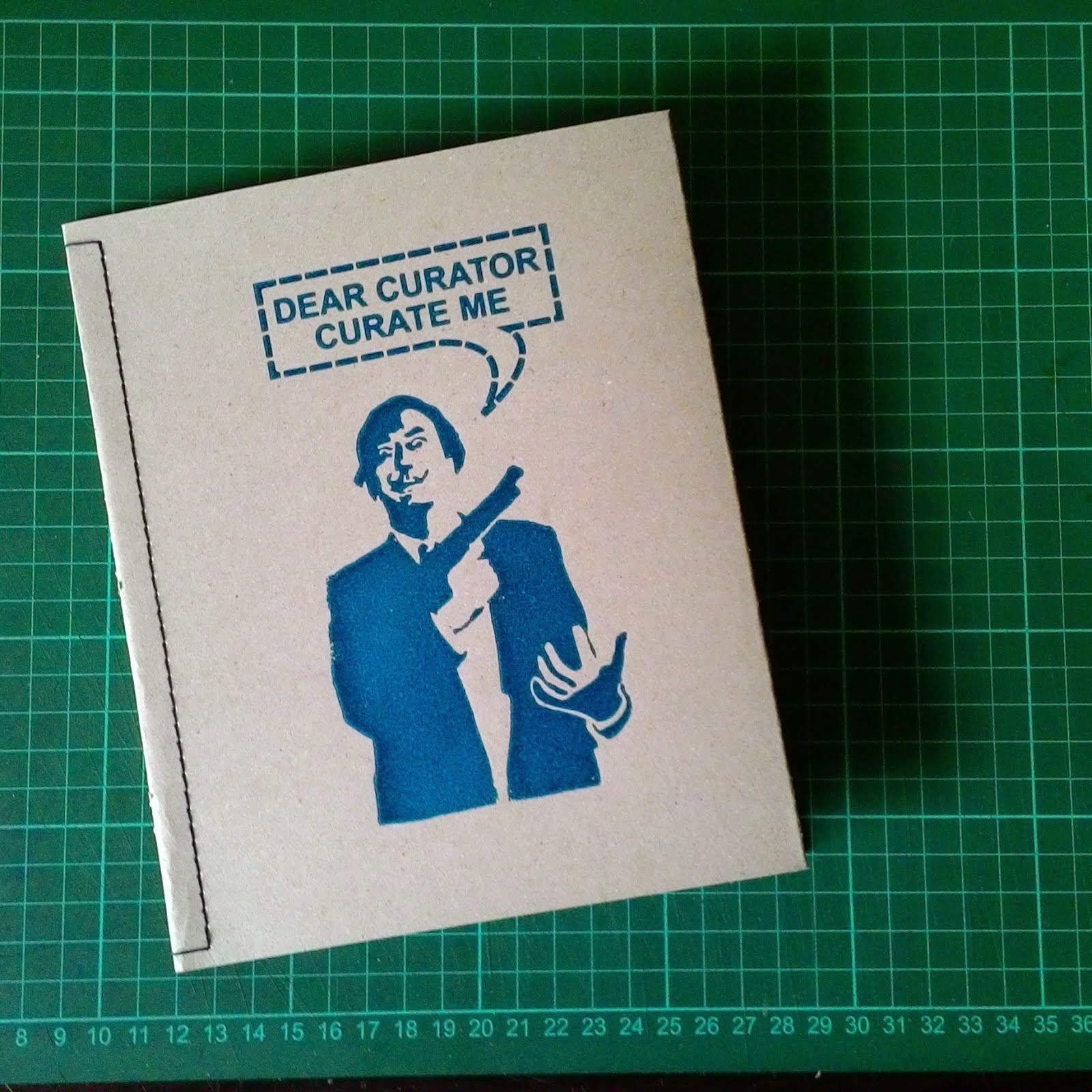Creative collaboration and the making of place
Learning from shared creative experiences
I moderated a round table discussion at Arte Polis3 conference, below my introduction.
Panelists:
· Tarlen Handayani is the founder and owner of Tobucil, which is a small bookstore where workshops are organized.
· Ade Tinamei is a lecturer at the school of architecture/ITB, she is the executive director/senior urban designer and planner at PSUD (Center for Urban Design Studies), and she is involved in Semarak Bandung that aims to reclaim the streets, Semarak Bandung is part of the umbrella organization Bandung Creative City Forum.
· Sergio Beltran Garcia is an architect in training and he is already practicing architecture with architecture lab TELAR in Mexico City. He claims that if people are involved in creating their own environment they will feel responsible for their environment.
· Bo Svoronos is currently finishing a practice led PhD on indigenous metropolitan festivals and reciprocity at RMIT, Melbourne. He claims that festivals can function as platforms so that a reflexive relationship between reciprocity and inclusion could become possible.
· Marika Constantino is an architect by training but a visual artist by profession, and she is a member of artist initiative TutoK in Manilla, which focuses on human rights and education. She claims that the past is a present concern.
Festivals and Public Space:
Civic Space and the Right to the City
There are no blue prints available for how to improve the city and thus urban living; therefore, it is important to learn from experiences in different cities around the globe.
Before turning to festivals as potential moments to (re-)claim the right to the city, I first qualify public space. Public space is understood here as political – or to be more precise: democratic – space. Moreover, I make two more qualifications.
Firstly, political thought is myopic and it is still captured by a nostalgia for bygone times, i.e. ancient Greek city states. This is problematic, because most people in ancient Athens were excluded: women, foreigners (including Aristotle) and slaves (in Indonesian cities, today, women, urban poor, Chinese and homosexuals are excluded). This nostalgia also says more about the present than about the past. We crave for order, stability, unity and oneness, which is for us symbolized by the ancient Greek agora, and this brings me to my second point.
Secondly, we should not see public space as a specific designated geographic location. Instead, public space should be defined by modes of action, behavior, responses, desires, etc., at certain places and times. A fenced park – for example, the National Monument (Monas) park in Jakarta – sanitizes, beautifies the city; at the entrance of the park there is a sign telling us how to and how not to behave, and who is and who is not allowed to enter.
Public space defined as modes of action means that a certain location in the city can be public at certain times – for example by occupying and using that particular space for a demonstration – and not at other times. The meaning of public space is necessarily fleeting, because we produce it by using our cities in multifarious ways.
Unlike in ancient Athens, the meetings between strangers with all their particularities and differences define public space in today’s metropolises. Democratic public space, while defined by inclusiveness (which should not mean that the Other has to become like ‘us’), is inherently unstable because of its openness to differences. Too often democracy is defined as a search for consensus by emphasizing the unity of the people, which hides conflicts.
The struggle over what is and what is not public space is much needed to create a city where matters of political importance can be discussed so that inevitable uncertainty and anxiety do not lead to violence against the ‘stranger’, against what is ‘alien’, against what is ‘ugly’, against what is ‘crazy’ (agoraphobia is symbolized by an architecture of fear in suburbia; see Nas).
Henri Lefebvre claims that festivals can create moments – or situations as Guy Debord and the Situationists claim – for this struggle to (re-)claim the streets of our cities. Festivals – again understood from a political perspective, thus not as entertainment to be consumed for merely commercial ends – turn the world up side down, joyous moments of spontaneity, of intoxication (at least as seen from the perspective of normal times).
The topsy-turvy world of Lefebvre’s festivals can be connected to his notion of the right to the city. The right of the city is part of what Hannah Arendt calls the right to rights or what Martha Nussbaum calls rights as capabilities, i.e. to be able to be or act in certain ways.
Henri Lefebvre writes that “the right to the city is like a cry and a demand. […] The right to the city […] can only be formulated as a transformed and renewed right to urban life.” Lefebvre’s right to urban life is a call for creativity as a virtue: “the need for information, symbolism, the imaginary and play.” The urbanite as homo ludens (Huizinga’s term).
The right to the city is not merely the right to enter and use a city; it also means that we urbanites have the right to change our urban environment. As David Harvey comments: “We need to make sure we can live with our own creations […].”
The right to the city is a form of spatial justice. The right to the city radicalizes democracy, because it spatializes democracy: space is never neutral, space is always political, and politics is always spatial (Foucault).
So the question is the following: can small-scale bottom-up politics (Beck’s term) function in such a way that we will become able to reclaim the streets so that we actually are able to change our cities and thus change our lives?












